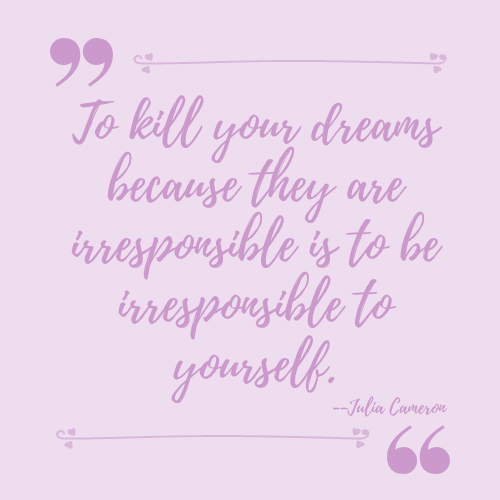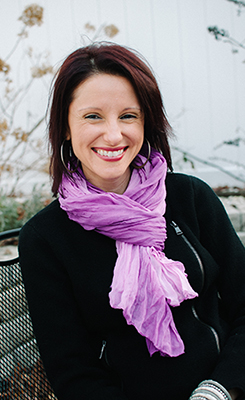When I was a kid and an aspiring writer—since the age of about 7, in case you’re curious—my parents told me to have a backup plan to my Plan A of becoming a novelist. And they already had it figured out for me. Since they were both teachers, it made sense to them that I should be a teacher too.
I had a very visceral reaction to that. A negative one. Not because I don’t respect teachers greatly. I do. I just never saw myself in a classroom teaching kids. Because back then, that was the only definition of a teacher that I had. And I knew instinctively that it wasn’t for me, just like I knew writing was.
Today, I’ve learned that teaching is, of course, much more than that. It happens in many forms outside the elementary/middle/high school classrooms, and it doesn’t have to be solely in subjects like math and English. I’ve learned teaching is about taking your own lessons, your own challenges and successes, and using those to help others.
I’ve also learned that teaching others can become a learning process for yourself.
The first teacher I had outside of a classroom was Julia Cameron, in the form of her book The Artist’s Way. I talk about this book a lot because it was really the basis for me figuring out how to write again after the idea of it got so mucked up in my head that I couldn’t get out of my own way to finish anything. It was the start of me finding my path to three mystery series, and my big dreams about what’s coming next.
She teaches in that book the basic principles of creativity and how to commit to them, and the process of creative recovery—the way back to your creative heart. She teaches this through journaling, through play, and through a series of exercises designed to get to the bottom of your blocks and dissolve them so you can move forward.
To me, creative recovery means the constant excavation of the things you’ve learned and absorbed that have constricted your creative self. Note the word constant. We are often absorbing negative energy from the world around us that has an impact on our creative lives. Especially, I’ve found, after you make the decision to recognize the sources of this energy and face it head on.
I think the biggest thing I learned over time is, this work is not just one and done. I went through the book twice a bunch of years ago and each time I got to a deeper level of uncovering the things that were holding me back. So the first time you go through it, you’re likely hitting on the childhood issues. That could take a few rounds in and of itself, honestly. But even when you start to feel like you have a handle on that, and you’re good to go, you can suddenly be confronted with someone from your current life who has a negative viewpoint about your creative work. Or you put your art out there and it gets rejected. Or any of a number of things. And suddenly you’re back to square one.
Honestly, that’s where I am right now. I don’t feel like I’m hitting my full potential. I feel stuck, pulled in too many directions. I’m not in the flow like I should be. It’s been weighing on me.
But the solution is right on my bookshelf. And I’m looking forward to what I can uncover next so I can really focus on the work I know I’m here to do. And in the process, turning to teaching to help me get even deeper in this work – teaching the people in The Creativity Lab, my new membership for writers and creatives struggling to get back to their own creativity.
What better way to learn than together?



